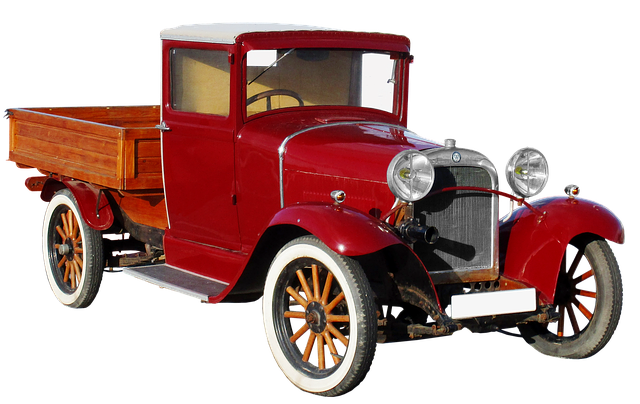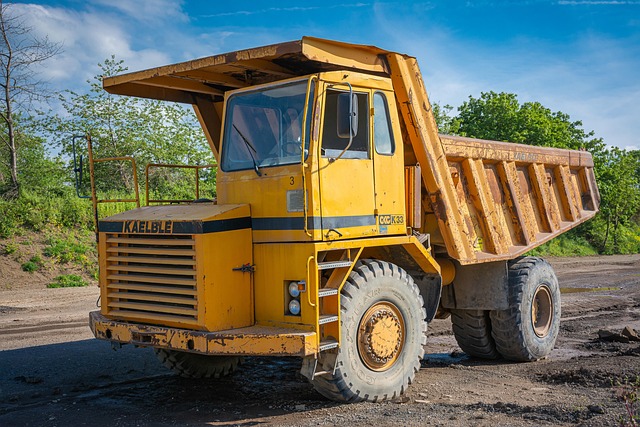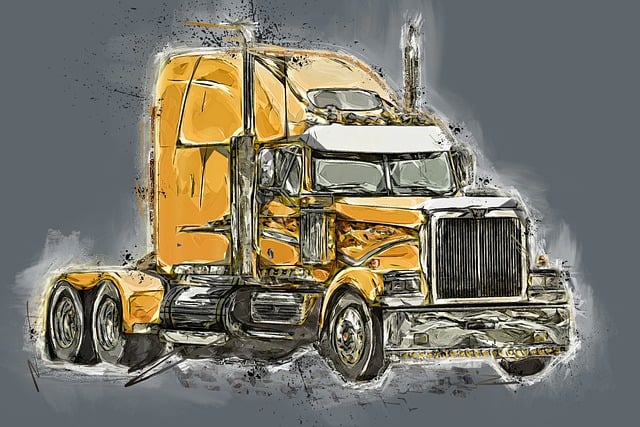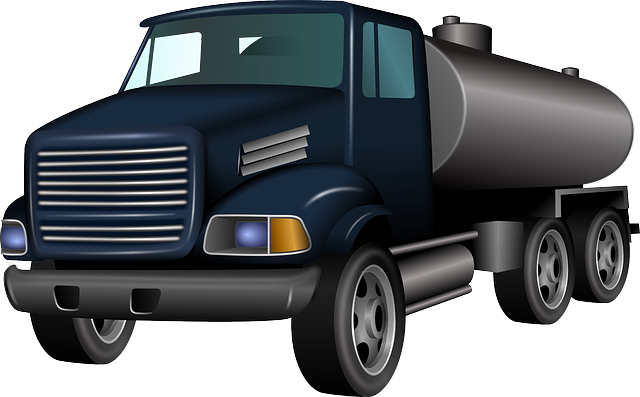Box truck business insurance is a specialized coverage crucial for entrepreneurs transporting goods, offering protection against accidents, property damage, and injuries. General liability insures against claims of bodily injury or property damage, while physical damage coverage protects the truck from accidents, theft, or natural disasters. Comprehensive insurance measures not only safeguard businesses financially but also build customer trust and maintain industry reputation. This proactive approach, combined with regular maintenance and safety training, ensures long-term sustainability in the competitive trucking industry.
In today’s competitive market, understanding box truck business insurance is crucial for owners aiming to protect their investments. This comprehensive guide navigates the essential components of liability and physical damage coverage for box trucks. We explore key aspects like indemnity, collision protection, and strategies to mitigate risks and reduce costs. Whether you’re a seasoned operator or just starting, this article offers valuable insights into securing your business’s future.
- Understanding Box Truck Business Insurance: What You Need to Know
- Key Components of Liability Coverage for Box Trucks
- Physical Damage Protection: Insuring Your Investment
- Navigating Risks and Mitigating Costs: Strategies for Box Truck Owners
Understanding Box Truck Business Insurance: What You Need to Know

Box truck business insurance is a crucial aspect for entrepreneurs and businesses involved in transporting goods using box trucks. This type of insurance goes beyond standard auto policies, offering specialized coverage tailored to the unique risks associated with commercial trucking. It encompasses various elements, including liability protection against accidents, property damage, and potential injuries to third parties.
When considering box truck business insurance, it’s essential to understand the different components. General liability coverage protects your business from claims of bodily injury or property damage occurring during operations. Physical damage coverage, on the other hand, insures the box truck itself, safeguarding against losses due to accidents, theft, or natural disasters. Understanding these policies and their inclusions is vital for minimizing financial risks and ensuring your business’s long-term sustainability in the competitive trucking industry.
Key Components of Liability Coverage for Box Trucks

In the realm of box truck business insurance, liability coverage is a cornerstone that protects against unforeseen events and potential legal repercussions. Key components include general liability insurance, which covers damages to third parties and their property, should an accident or incident occur during operations. This is essential for any box truck business as it safeguards against claims of bodily injury or property damage.
Additionally, businesses should consider professional liability insurance, designed to protect against claims of negligence, errors, or omissions in services provided. This type of coverage is vital for maintaining a positive reputation and financial stability, especially given the high-risk nature of transporting goods in a box truck. Ensuring adequate liability coverage is a strategic move that fosters trust among customers and safeguards the future of the business.
Physical Damage Protection: Insuring Your Investment

Physical Damage Protection is a crucial aspect of insuring your investment in a box truck, especially for those operating in the bustling box truck business. This coverage safeguards against unforeseen events that could lead to physical damage to your vehicle, which is often a significant financial asset. Whether it’s collision with another vehicle, weather-related incidents, or accidental damage, this insurance provides a safety net, helping you avoid substantial out-of-pocket expenses for repairs or replacements.
Having the right box truck business insurance means peace of mind while navigating the challenges of daily operations. Physical Damage Protection ensures that if your truck incurs damage, you’re not left burdened with hefty repair bills. This coverage is designed to cover the cost of repairing or replacing essential parts and components, keeping your fleet in top working condition and minimizing downtime.
Navigating Risks and Mitigating Costs: Strategies for Box Truck Owners

Navigating Risks and Mitigating Costs is a crucial aspect for owners of box trucks, especially as they traverse the demanding landscape of delivery services. The diverse nature of goods carried and routes traversed exposes them to varied risks, from property damage during transit to liability claims due to accidents or cargo mishandling. To mitigate these costs, savvy truck owners invest in comprehensive box truck business insurance. This strategy not only protects against financial ruin but also enhances the operational stability of their businesses.
By securing adequate physical damage coverage, owners safeguard their vehicles from perils like collisions, theft, and weather-related incidents. Additionally, liability coverage ensures that the business is protected against claims arising from injuries or property damage to others. Proactive risk management includes regular vehicle maintenance, employee training in safety protocols, and adhering to traffic regulations. These measures, coupled with a robust box truck business insurance policy, can significantly reduce costs associated with unexpected events, allowing owners to focus on the core aspects of their delivery services.
Box truck owners face unique risks on the road, which is why securing comprehensive box truck business insurance is essential. By understanding the key components of liability coverage and investing in physical damage protection, operators can navigate potential risks effectively. Implementing strategic mitigation methods not only reduces costs but also ensures peace of mind while protecting their valuable assets. Remember, the right insurance policy is a cornerstone of any successful box truck business.
